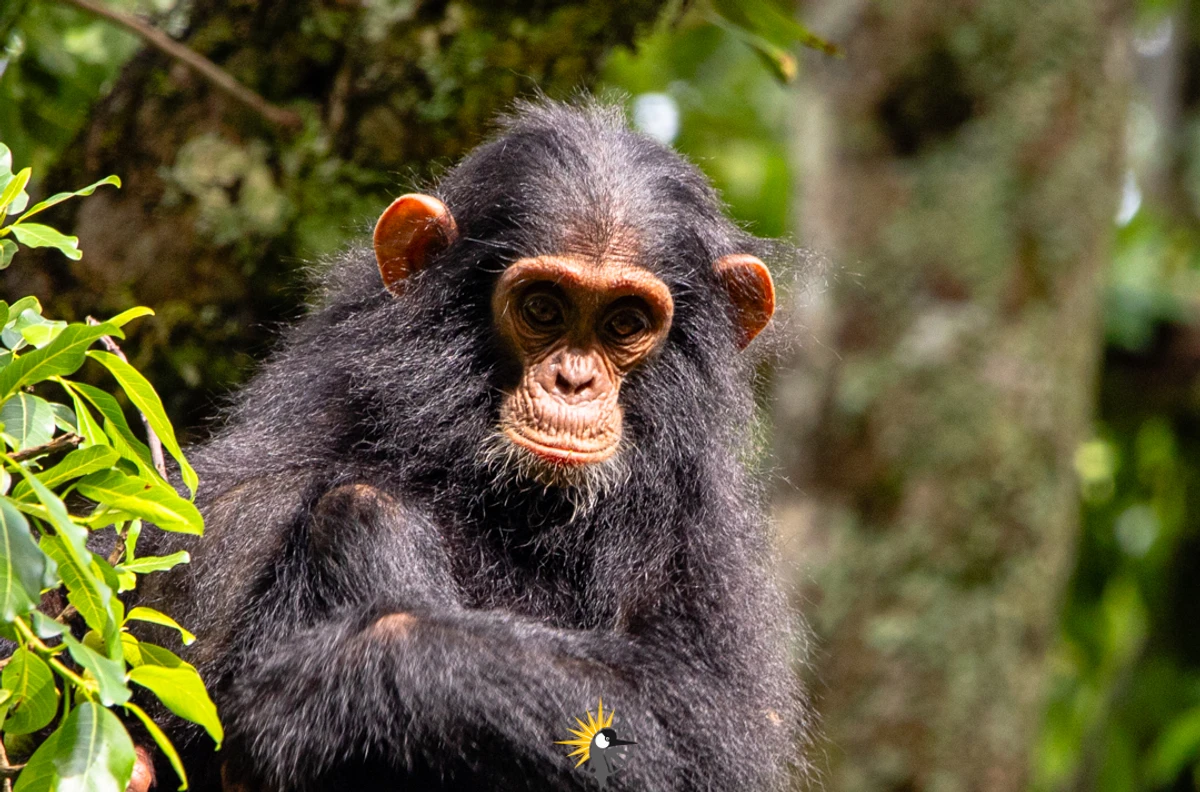Deep within the rainforests of Africa, amidst the rustling leaves and melodic calls of birds, lives an extraordinary creature that bears an uncanny resemblance to us. The chimpanzee, scientifically known as Pan troglodytes, is a marvel of evolution, a bridge between humanity and the wild. These great apes, with their expressive eyes, dexterous hands, and complex social lives, offer a fascinating glimpse into our shared evolutionary past.
But what is a chimpanzee, really? How do they live, and why are they so significant to both science and the wild? Whether you’re a wildlife enthusiast, a conservation advocate, or simply someone intrigued by the natural world, the story of the chimpanzee is one you’ll want to hear.
A Quick Introduction
Chimpanzees are one of the great apes, a family that also includes gorillas, orangutans, and bonobos. They are native to the forests and savannahs of equatorial Africa, thriving in diverse habitats that range from dense rainforests to open woodlands. As members of the genus Pan, they are split into four subspecies, each adapted to their unique environments.
What sets chimpanzees apart, however, is their extraordinary intelligence. Sharing about 98.7% of their DNA with humans, they are our closest living relatives in the animal kingdom. This close genetic connection is evident in their behaviors, social structures, and even their emotions.
A Day in the Life of a Chimpanzee
Imagine waking up in the treetops, the sun filtering through the dense canopy above. This is how a typical day begins for a chimpanzee. They build nests high in the trees each evening using leaves and branches, providing them with safety and comfort for the night.
Foraging for Food
Chimpanzees are omnivores, and their diet is as varied as their habitats. From fruits and nuts to insects and small animals, they are opportunistic feeders. A fascinating aspect of their foraging behavior is their use of tools. For instance, they use sticks to extract termites from mounds and stones to crack open hard-shelled nuts. These behaviors are not innate but learned, passed down from one generation to the next, an incredible example of cultural transmission in the animal world.
Socializing and Rest
Chimpanzees are highly social animals, living in communities of 20 to over 100 members. During the heat of the day, they often gather in shaded areas to rest and groom each other. Grooming is not just about hygiene; it’s a critical social activity that reinforces bonds, reduces stress, and establishes trust within the group.
Play and Communication
As the day cools, juvenile chimpanzees engage in playful activities like chasing, wrestling, and swinging from branches. Play is essential for their development, helping them hone their motor skills and learn social dynamics. Communication is also a constant in chimpanzee life. They use a variety of vocalizations, facial expressions, and gestures to convey emotions and intentions.
The Social Lives of Chimpanzees
Chimpanzees live in what are called fission-fusion societies. This means that while they belong to a larger community, they frequently split into smaller groups for activities like foraging or resting, only to come back together later.
Dominance and Hierarchies
Within these communities, chimpanzees navigate complex social hierarchies. Adult males compete for dominance, with the alpha male holding the highest rank. This position is not only determined by strength but also by intelligence, alliances, and the ability to maintain peace within the group.
Female Bonds and Maternal Care
Females, on the other hand, often form strong bonds with their offspring. A mother chimpanzee cares for her young for several years, teaching them essential skills and protecting them from danger. The bond between mother and child is profound, and young chimps often stay close to their mothers until adolescence.
A Window into Ourselves
One of the most compelling reasons to study chimpanzees is their intelligence. Their ability to solve problems, use tools, and even exhibit empathy offers a mirror into human cognition.
Tool Use and Innovation
Chimpanzees are natural problem solvers. In the forests of East Africa, they’ve been observed using leaves to collect water, sticks to fish termites, and even spears to hunt smaller animals. These behaviors demonstrate not just intelligence but also the ability to innovate and adapt to their environment.
Emotions and Empathy
Chimpanzees are deeply emotional beings. They grieve for lost group members, celebrate reunions, and even console each other in times of distress. Their ability to empathize and show compassion underscores the depth of their social connections and their emotional lives.
A Shared Evolutionary Path
The genetic similarities between humans and chimpanzees reveal a shared evolutionary history. Scientists estimate that our last common ancestor lived around 6-8 million years ago. Since then, while humans and chimpanzees have evolved in different directions, many traits have remained strikingly similar.
Their hands, for instance, are remarkably dexterous, capable of intricate movements that enable tool use. Their social behaviors, from forming alliances to resolving conflicts, mirror many aspects of human societies. Observing these behaviors in the wild offers a fascinating glimpse into the origins of our own species.
Where to See Chimpanzees in the Wild
For those inspired to see chimpanzees in their natural habitat, Africa offers incredible opportunities. Two standout destinations are Uganda and Rwanda, home to some of the world’s most significant chimpanzee populations.
Kibale Forest National Park, Uganda
Often referred to as the "Primate Capital of the World," Kibale Forest boasts over 1,500 chimpanzees. Guided treks through this lush rainforest provide a chance to observe these primates in their natural setting.
Nyungwe Forest National Park, Rwanda
Nyungwe Forest is another exceptional location for chimpanzee trekking. Its dense canopies and misty atmosphere make it a dream destination for wildlife enthusiasts.
Protecting Our Closest Relatives
Chimpanzees face numerous threats, including habitat destruction, poaching, and disease. Their populations have declined significantly over the past century, making conservation efforts more critical than ever.
The Role of Tourism
Responsible tourism plays a vital role in protecting chimpanzees. By visiting national parks and reserves, tourists contribute to the funding of conservation programs and local economies. This, in turn, helps protect the forests that chimpanzees call home.
Community Involvement
Engaging local communities in conservation efforts is essential. Many initiatives focus on creating alternative livelihoods for those who might otherwise rely on activities like logging or hunting.
Why Chimpanzees Matter
Chimpanzees are more than just animals; they are a window into our past, a reflection of our shared heritage, and a reminder of the intricate web of life we all belong to. Observing them in the wild is not just a wildlife encounter—it’s a humbling experience that leaves you with a deeper appreciation for the natural world.
Whether you’re captivated by their intelligence, moved by their emotions, or inspired by their resilience, chimpanzees have a way of touching the hearts of those who take the time to understand them. So, the next time you’re planning a safari or a wildlife adventure, consider adding chimpanzee trekking to your itinerary. It’s a journey you’ll never forget.









